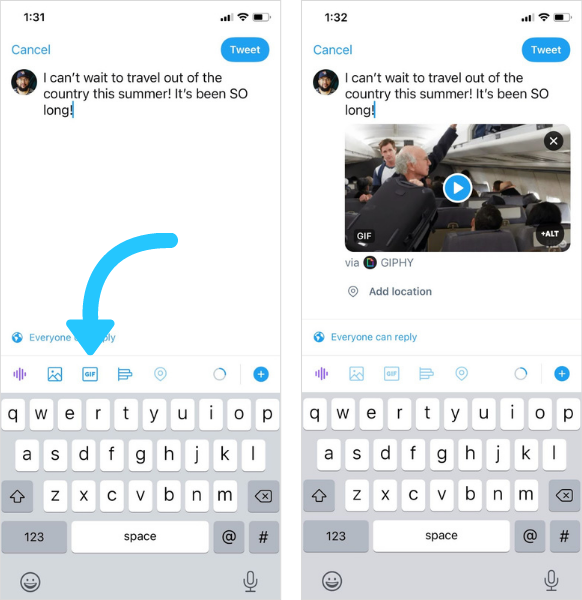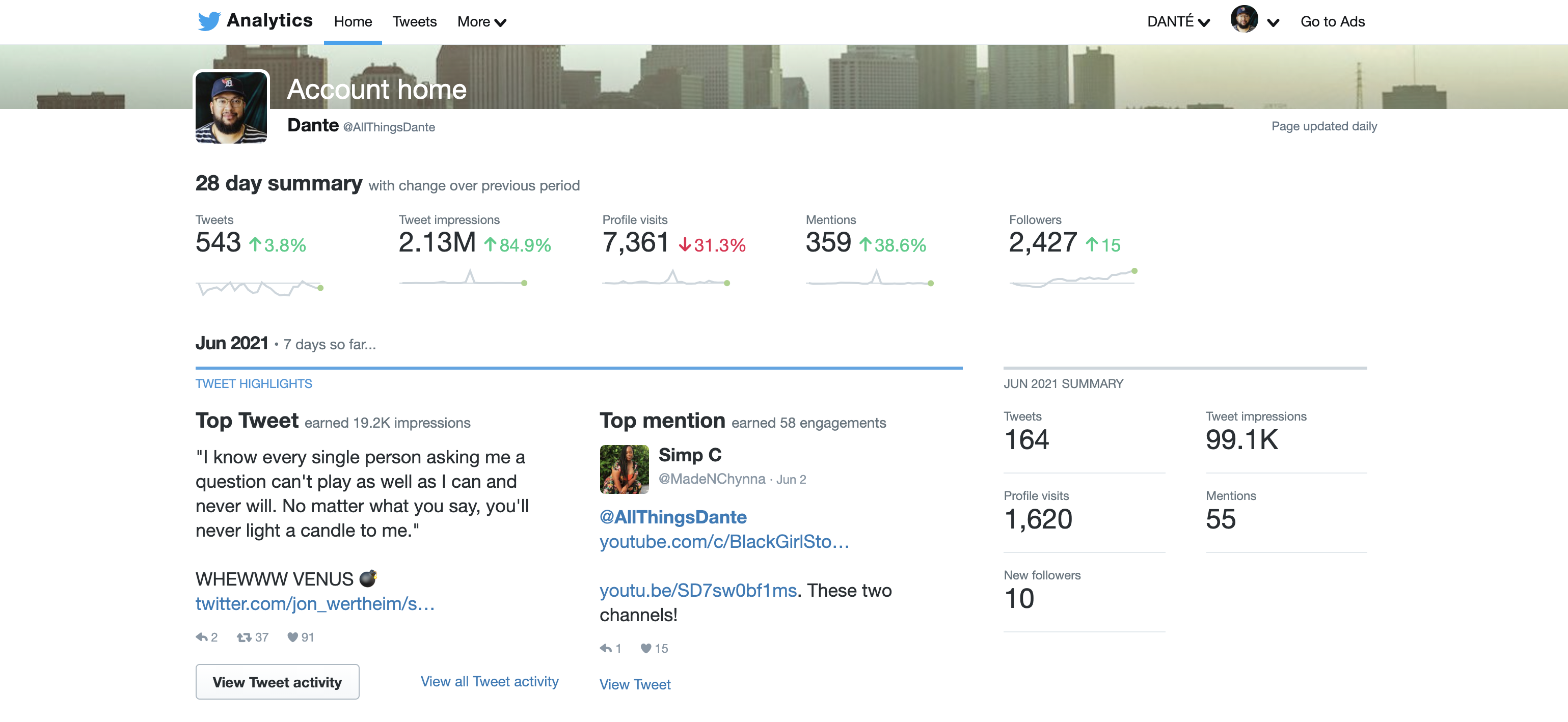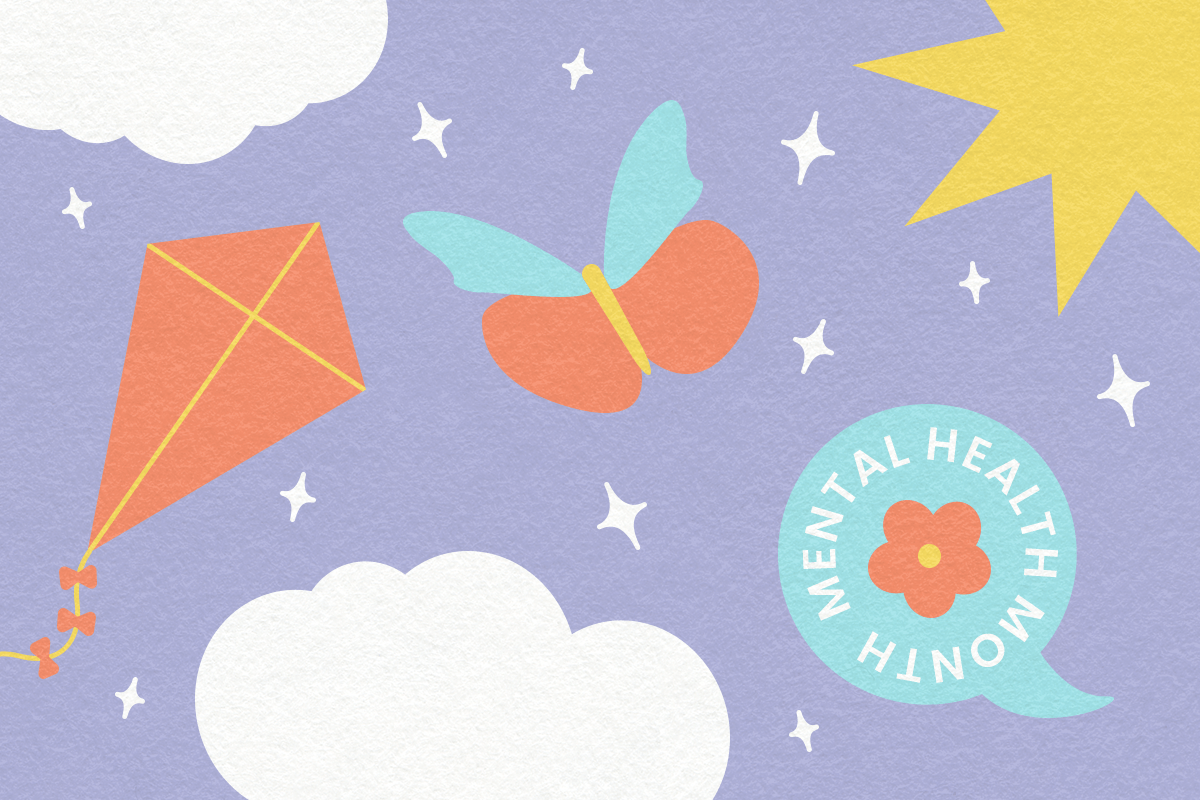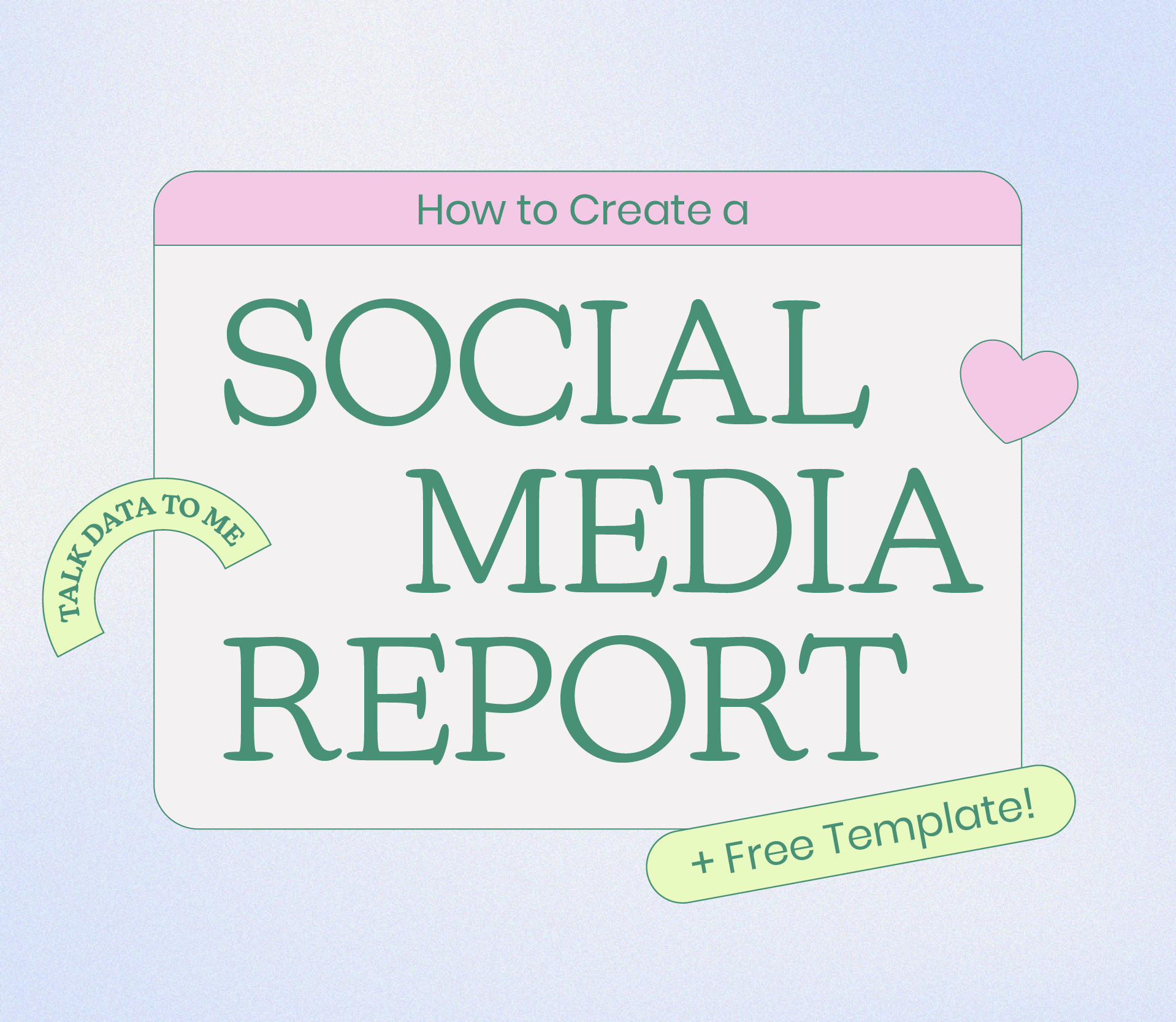If you're new to the world of Twitter, welcome on board!
Twitter is a great platform for businesses and creators. It's perfect for announcing company news, joining trending conversations, developing your brand's voice, and driving online traffic.
In this Twitter for beginners guide, we're walking through all the basics -- from setting up your profile to creating a killer content strategy that supports your goals.
Twitter for Beginners: 6 Steps to Set You Up for Success
Step #1: Set Up Your Profile
The first step to using Twitter as a beginner is to set up your profile. This way, people will know who you are and the sort of content they can expect from you.
You’ll need:
A handle. Your Twitter handle is what appears after the @ symbol and must be unique to your Twitter account. Character count: 15 max.
A name. Your Twitter name is an interchangeable identifier that will be found above your handle in every Tweet. Your name can be the exact same as your handle, a brand hashtag, a slogan, etc. It’s your call! Character count: 4 min - 50 max.
A profile picture. Recommended dimensions for profile images are 400x400 pixels.
A cover photo. Recommended dimensions for cover photos are 1500x500 pixels.
A short bio. A short but sweet description of who you are and what you’re all about. Character count: 160 max.
A link to your website.
Your handle, profile picture, and cover photo are all representations of your brand, so it’s important for them to be high res and accurately reflect who you are.
Similarly, your bio will be your first opportunity to tell your brand’s story, so use it to your advantage.

If you’re a business, your company name could be your Twitter handle and name, and your logo could be your profile picture.

If you’re an influencer or content creator, you could choose a headshot or high-quality photo of yourself – whatever best represents your identity as a personal brand.
Tabitha Brown’s profile showcases who she is with branded photos and a quick yet descriptive bio.

Later’s Scheduling Tool lets you plan and schedule multimedia Twitter posts in advance — get started now for free!
Step #2: Learn the Lingo
Retweets, Quote Tweets, Mentions...these are all terms you’ll need to familiarize yourself with to set yourself up for success on the platform.
Understanding specific Twitter features and how Twitter users speak will help you better engage and create content for the platform.
Need a refresher on our Twitter lingo? Check out our glossary. 🤓 https://t.co/TRtzpnwBFZ
— Twitter Support (@TwitterSupport) May 11, 2018
Here are a few top-level terms to learn:
Hashtag: Any word/phrase immediately preceded by the # symbol (i.e., #LaterCon). When you click on a hashtag, you'll see all Tweets containing that same keyword.
Mention: Mentioning other accounts in your Tweet by including their handle is called a “mention”. You’ll also be able to see all Tweets that mention you in your Notifications section.
Retweet: This is a way to share Tweets from other accounts to your followers. You can Retweet other accounts to pass along news, resources, or other valuable content. You can also Retweet your own Tweets to resurface an older Tweet.
Quote Tweet: If you want to Retweet something, but also add commentary, Quote Tweeting is your go-to.
Thread: A series of connected Tweets from one account allowing you to provide additional information or updates to existing Tweets.
Like: An alternative to Retweeting a Tweet is Liking it. Likes are a great way to show appreciation to followers. You can view all Tweets that you’ve liked by clicking the Likes tab on your profile page.
TIP: For even more definitions, check out Twitter’s glossary. It’s easy to follow and will help any beginner get up to speed.
Step #3: Use Twitter’s Different Content Formats
While Twitter was originally used as a way to share text-only messages, you can now include visuals to elevate your Tweets.
In fact, Tweets with GIFs receive 55% more engagement than those without.
When crafting a Tweet, you have the option to add a photo, video, or GIF:

You can even add Polls to your Tweets, which can be a fun way to bolster engagement from your followers.
LEGO uses Polls to interact with (and educate) their community:
⏰ Quiz time! ⏰ The elements used to decorate LEGO DOTS are called… #LEGOMastersFOX
— LEGO (@LEGO_Group) June 23, 2021
More recently, Twitter began testing a Voice Tweets feature, enabling users to publish audio messages.
This allows creators and public figures to further showcase their personality and establish a human connection with their audience.
And with the Clubhouse-inspired feature, Twitter Spaces, you can host podcast-like conversations with followers and like-minded people within your niche
now, everyone with 600 or more followers can host a Space.
based on what we've learned, these accounts are likely to have a good experience hosting because of their existing audience. before bringing the ability to create a Space to everyone, we’re focused on a few things. 🧵 — Spaces (@TwitterSpaces) May 3, 2021
When developing content for Twitter, it’s important to not only think about what you want to say, but also how you’d like to say it.
Step #4: Create a Content Strategy
Now that you understand the Twitter basics, what’s next?
Setting goals and developing a content strategy. Before you begin creating and posting Tweets, you need to think about what you’re using Twitter for.
Some goals might include:
Increasing website traffic by 10% MOM
Growing your followers by 15% MOM
Increasing engagement by 25% YOY and developing an engaged community
Inserting your brand into 5 relevant, topical conversations per month
Depending on your niche, developing content pillars will help you determine the type of content you’ll create on Twitter.
For example, Skylar Marshai is a social media and brand strategist whose content pillars include brand strategy, entrepreneurship, and millennial and Gen Z culture.
I left my 9-5 three weeks ago and have already taken on two clients who are paying me 3x what my salary was. God said, “Bigger.”
— Skylar Marshai (@SkylarMarshai) June 21, 2021
Ready to create effective content pillars? Watch this video workshop with Christina Galbato to build a stress-free content calendar:
Step #5: Build Your Twitter Community
Once you’ve gotten comfortable using Twitter, you can start following other users, crafting Tweets, and joining trending conversations.
Here are some key things to consider when growing your community on Twitter:
1. Research Relevant People Within Your Industry or Niche
Do a Twitter search using industry hashtags to see who’s talking about topics you’re interested in.
For example, if you’re a graphic designer, search the hashtag “#GraphicDesign” to find people and communities also talking about graphic design on Twitter, and connect with them!
2. Take Note of Competitors in Your Space
Make a list of who you deem “competition” and audit what they’re doing on the platform.
You don’t have to follow their lead, but it’s nice to know how similar companies and creators are using the platform.
As a start, @TwitterMktg does a great job of highlighting brands and content ideas that are successful on the platform.
People on Twitter are planning for more big life moments in 2021. Here’s why. https://t.co/pPlFfI4UC2
— Twitter Marketing (@TwitterMktg) May 19, 2021
3. Create Engaging Content
The key to success on Twitter is conversation and community building.
Create Tweets that will spark engagement -- whether it’s using GIFs to show your personality, Polls to gather feedback, or regularly sharing interesting articles or blog posts.
For more community-building tips, check out How to Get Followers on Twitter.
Step #6: Analyze Your Performance
Once you start using Twitter on a regular basis, it’s important to keep tabs on how everything is performing.
You can use Twitter’s Analytics tool to track follower growth, top performing Tweets, Impressions, Engagement, who your top Follower of the month is, and more.

Later's Analytics is also useful for keeping track of your Twitter, Instagram, and Pinterest analytics all in one platform (rather than using each platform's native analytics tools).
With Later, you can monitor trends in your channel’s overall performance, measure weekly and monthly growth, and discover which of your Tweets are driving the most engagement.
Once you get a sense for what’s working and what’s not, you can create content that resonates better with your target audience.
Time-Saving Tip: Schedule Tweets in Advance With Later
FYI: you can schedule photos and videos to Twitter with Later – making it a breeze to plan your Tweets in advance.

Ultimately, the key to getting started on Twitter as a beginner is conversation and creativity.
Learn the lingo, brainstorm your goals, create content, experiment with different formats, analyze your performance, update as necessary, and watch your community grow.
Ready to level-up your Twitter planning and scheduling? With Later, you can plan, schedule, and monitor Tweets from one easy-to-use platform!




